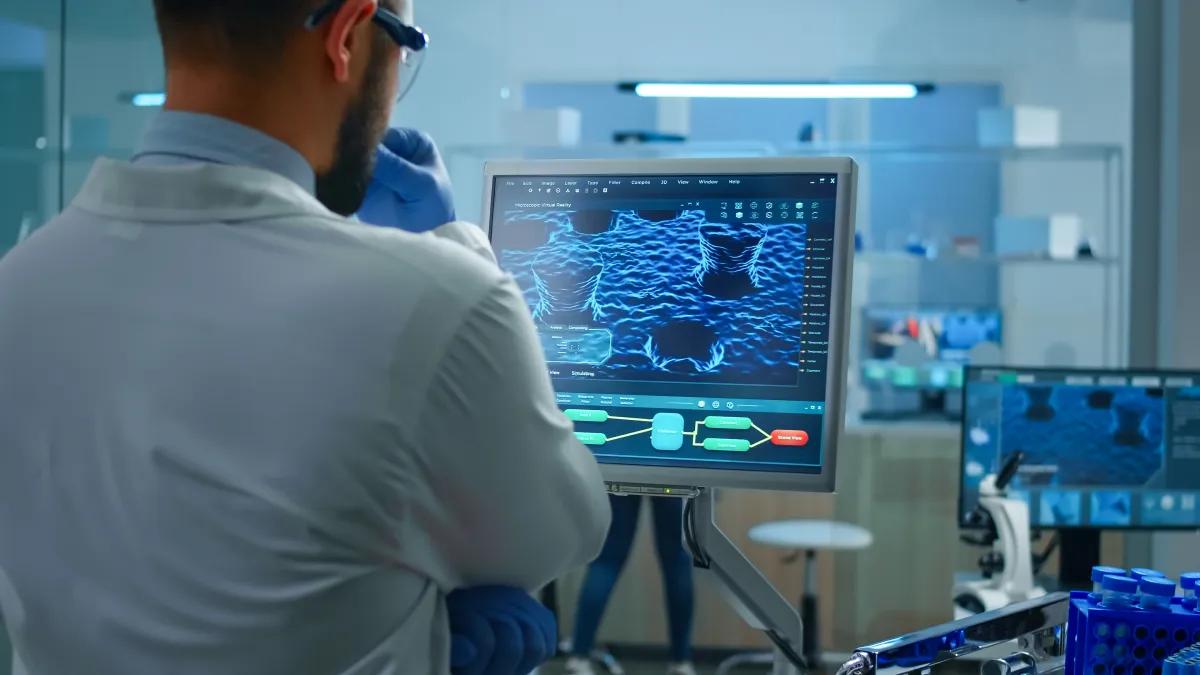The Evolving Role of the Perioperative Nurse
The integration of AI and surgical robots is not merely a futuristic concept, but a reality that is reshaping the very fabric of perioperative care.
As a lecturer in nursing at Sunway University specialising in perioperative care, I am writing to shed some light on the transformative potential of Artificial Intelligence (AI) and robotics in the realm of surgery and the implications for our roles as perioperative nurses.
The integration of AI and surgical robots is not merely a futuristic concept, but a reality that is reshaping the very fabric of perioperative care.
The advantages are manifold, from early disease detection in fields like ophthalmology to the precision and safety offered by robotic surgeries.
AI’s prowess in swiftly analysing medical images has revolutionised the early detection of debilitating eye diseases such as diabetic retinopathy, age-related macular degeneration, and glaucoma. This not only ensures improved patient outcomes but also personalises care to an unprecedented degree.
Moreover, the efficiency and accessibility brought about by AI are commendable. By swiftly evaluating vast volumes of medical images, AI-driven analyses are alleviating the economic and time constraints traditionally associated with manual assessments by specialised clinicians. This efficiency could potentially democratise eye care services, addressing the age-old challenge of accessibility.
The consistency and accuracy of AI, learned from millions of retinal images and clinical datasets, are unparalleled. This minimises the subjective interpretations and biases that often mar human diagnoses, ensuring a more uniform assessment of disease severity.
Parallelly, surgical robots, which have been in use since 2000 in the United States, are revolutionising perioperative care. Their precision and capability to perform minimally invasive procedures have led to fewer complications, reduced pain, and shorter hospital stays. The cosmetic benefits of smaller scars from robotic surgical incisions further enhance patient satisfaction.
However, as we marvel at these advancements, it is crucial to address the elephant in the room: will AI and robotics replace the human touch in surgical care?
While AI and robotics offer precision, efficiency, and consistency, the human element – our empathy, intuition, and years of hands-on experience – remains irreplaceable.
For instance, the Da Vinci Surgical System, a pioneering robotic surgery apparatus, still requires the expertise of a surgeon to operate. The robot acts as an extension of the surgeon’s hands, not a replacement.
Yet, the roles of perioperative nurses are undoubtedly evolving. As these technologies become more integrated into surgical procedures, our roles may shift towards more supervisory and monitoring tasks, ensuring that the technology functions optimally and safely. Continuous education and training will be paramount to adapt to this changing landscape.
In conclusion, while AI and robotics are poised to redefine perioperative care standards, the human element remains central. As perioperative nurses, we must embrace these advancements, upskill ourselves, and continue to prioritize patient-centric care above all.
Kalivani Poongawanam
School of Medical and Life Sciences
Email: @email
This article was first published in Code Blue, 26 September 2023.




